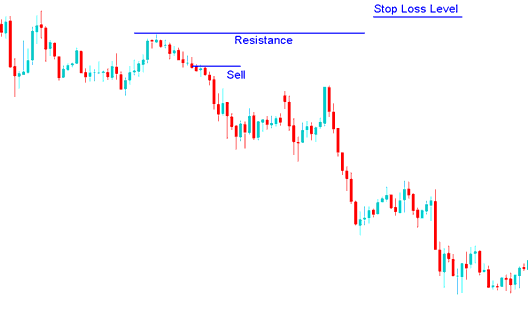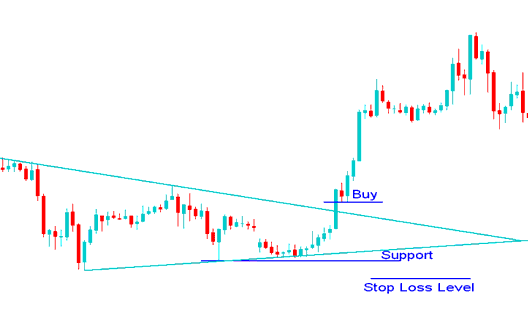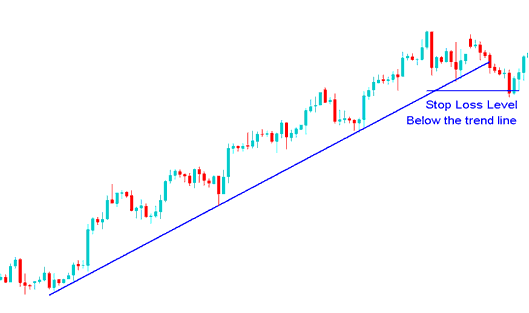Methods of Setting Stop Loss Stock Indices Orders in Indices
Traders using a stock index system must have math calculations that reveal where the order must be placed.
A trader can also set a stop loss order according to the technical indicators used to set these orders. Certain technical indicators use mathematical equations to calculate where the stop loss order should be set so as to provide an optimal exit point. These technical indicators can be used as the basis for setting these orders.
Other traders also place these orders according to a predetermined risk to reward ratio. This technique of setting is dependent upon certain math equations. For examples a ratio of 50 pips stop loss can be used by a trader if the trade has the potential to make 100 pips in profit: this is a risk:reward ratio of 2:1
Others just use a predetermined percent of their total account balance.
To set a stop loss order it's best to use one of the following techniques:
1. Percent of Stock Indices account balance
This is based on the percent of account balance that the trader is willing to risk.
If one is willing to risk 2 % of account balance then the trader decides how far he will set the order level based on the trade size which he has bought or sold.
Example:
If a trader has a $100,000 account and is willing to risk 2% then the position size of the trade that they will open for Stock Indices Trading will be determined by this 2% stop loss level.
2. Setting Stop Loss Stock Indices Order using Support and Resistance Areas
Another way of setting stop loss orders is to use supports and resistance areas, on the charts.
Given that stoploss orders tend to congregate at key points, when one of these levels is touched by the price, others are set off, like dominos. Stop loss orders tend to accumulate just above or below the resistance or support levels, respectively.
A resistance or a support area should act like a barrier for stock index price movement, this is why they are used to set stop losses, if this barrier is broken the price movement can go towards the opposite direction of the original trade, but if this barriers (support and resistance levels) aren't broken the price will continue heading in intended direction.
Stop Loss Stock Indices Order level using a resistance level

Setting order above the resistance
Stop Loss Stock Indices Order level using a support Level

Setting order below the Support Line
3. Indices Trend Lines
A stock trend line can be used to set stop losses where the order is set just below the trend line. As long as the trend line holds the trader will be able to continue making profits while at the same time set this order that will lock his profit once the trendline is broken.

Setting order below the trend line
Examples of where to set this order using stock trend lines.


